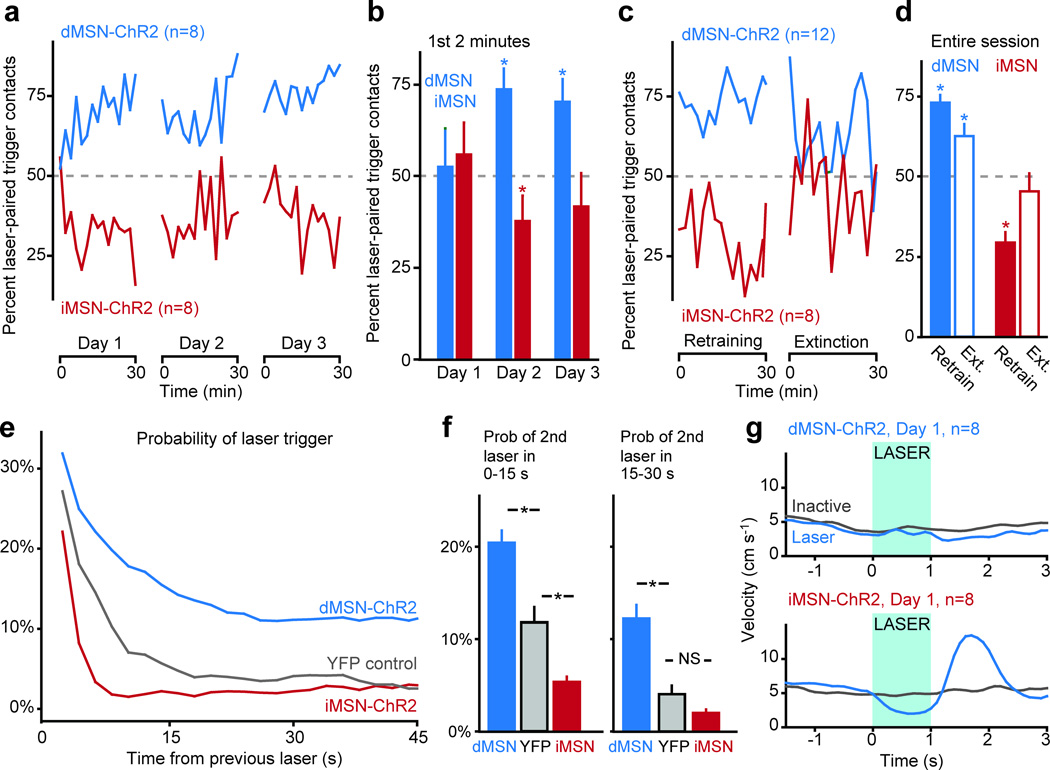Fig. 1. dMSN stimulation induces persistentreinforcement, while iMSN stimulation induces transient punishment.
(a, b) percent of contacts with the laser-paired trigger across each session for dMSN-ChR2 (green) and iMSN-ChR2 (red) mice (2-min bins). (c, d) percent of contacts with the laser-paired trigger during retraining and extinction sessions (2-min bins). (e, f) probability of subsequent contact with the laser-paired trigger following a previous trigger activation, for dMSN-ChR2, YFP control, and iMSN-ChR2 mice. (g) peri-event time histogram of velocity for dMSN-ChR2 and iMSN-ChR2 mice following contact with the laser-paired (blue) or inactive (grey) triggers. Time of stimulation for the laser-paired trigger shown in blue. Error bars in all panels represent standard error of the mean.

